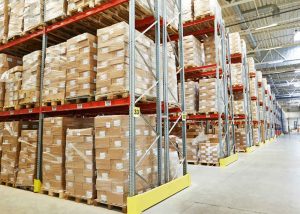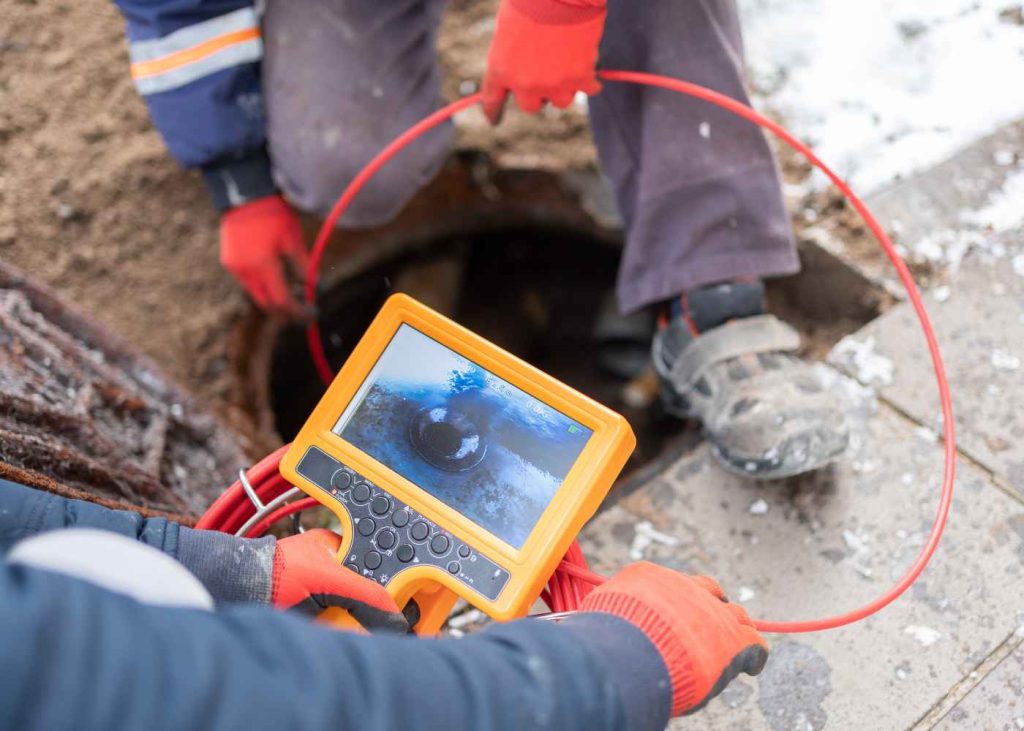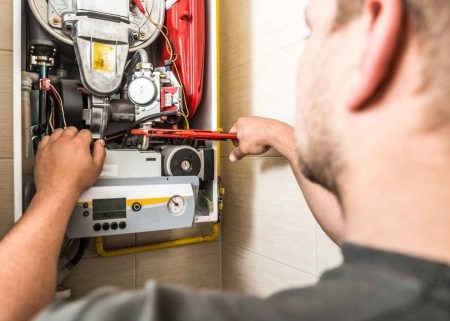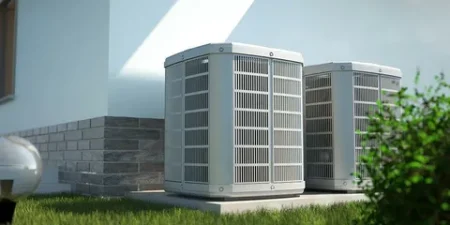Traditional sewer repairs used to mean one thing: major disruption. Streets torn up, businesses closed, traffic detoured, and daily life put on hold while crews dug deep trenches to reach broken pipes.
Modern sewer pipe lining has changed everything. This innovative technology fixes underground pipes without the massive excavation that once made sewer repairs a community nightmare.
Communities across the country are discovering that pipe lining offers a better way to maintain their sewer systems. It’s faster, cleaner, and far less disruptive than traditional methods.
Eliminating Massive Excavation Projects
The biggest advantage of modern pipe lining is what it doesn’t require: digging up entire streets. Traditional sewer repair meant excavating deep trenches along the full length of damaged pipes.
Pipe lining works from the inside. Technicians access the damaged pipe through existing manholes or small entry points. They insert a special liner that creates a new pipe within the old one.
This trenchless approach means streets stay intact, sidewalks remain usable, and landscaping doesn’t get destroyed. Communities avoid the months-long construction zones that used to accompany major sewer projects.
Maintaining Normal Traffic Flow
Nothing disrupts a community like major road closures during sewer repairs. Traditional methods required shutting down streets for weeks or months while crews worked in deep trenches.
Modern sewer pipe lining services provided by companies like John’s Sewer and Drain Cleaning keeps traffic moving. Since there’s no need for large excavation sites, roads can remain open throughout most of the repair process. At most, communities might see brief lane restrictions while crews access entry points.
Local businesses stay accessible to customers, emergency vehicles can navigate normally, and residents don’t face lengthy detours during their daily commutes. Life continues as usual while repairs happen underground.
Protecting Local Businesses and Services
Extended construction projects can devastate local businesses. When streets are torn up for traditional sewer repairs, customers often avoid the area entirely. Restaurants, shops, and service providers can lose significant revenue during lengthy repair projects.
Pipe lining minimizes this economic impact. Since the work happens quickly and doesn’t require major street closures, businesses can operate normally throughout the repair process.
Customers can still park, deliveries can still arrive, and foot traffic continues to flow. The community’s economic activity doesn’t grind to a halt because of sewer maintenance.
Reducing Noise and Environmental Impact
Traditional sewer excavation involves heavy machinery, jackhammers, and large trucks operating for extended periods. The noise and dust can make life miserable for nearby residents and businesses.
Modern pipe lining is much quieter and cleaner. The process doesn’t require the constant rumble of excavators or the dust clouds that come with major earthmoving projects.
This gentler approach is especially important in residential neighborhoods and near schools or hospitals where noise and disruption can seriously impact daily activities.
Speeding Up the Entire Process
Traditional sewer repairs could take months to complete, especially for extensive pipe networks. Each section required careful excavation, repair, backfilling, and street restoration.
Pipe lining dramatically reduces project timelines. What once took months can often be completed in days or weeks. The process is streamlined and efficient, without the complex logistics of managing large excavation sites.
Faster completion means communities return to normal more quickly. Residents and businesses don’t have to endure long periods of uncertainty about when disruptions will end.
Preserving Community Infrastructure
Traditional excavation often damaged other underground utilities, landscaping, and pavement. These secondary repairs added time, cost, and additional disruption to communities.
Pipe lining preserves existing infrastructure. Since there’s minimal digging, other utilities stay safe, trees and landscaping remain intact, and pavement doesn’t need complete reconstruction.
Communities save money on restoration costs and avoid the secondary disruptions that come with repairing collateral damage from extensive excavation projects.
Modern sewer pipe lining represents a fundamental shift in how communities approach infrastructure maintenance. It’s proof that essential repairs don’t have to bring daily life to a standstill.










